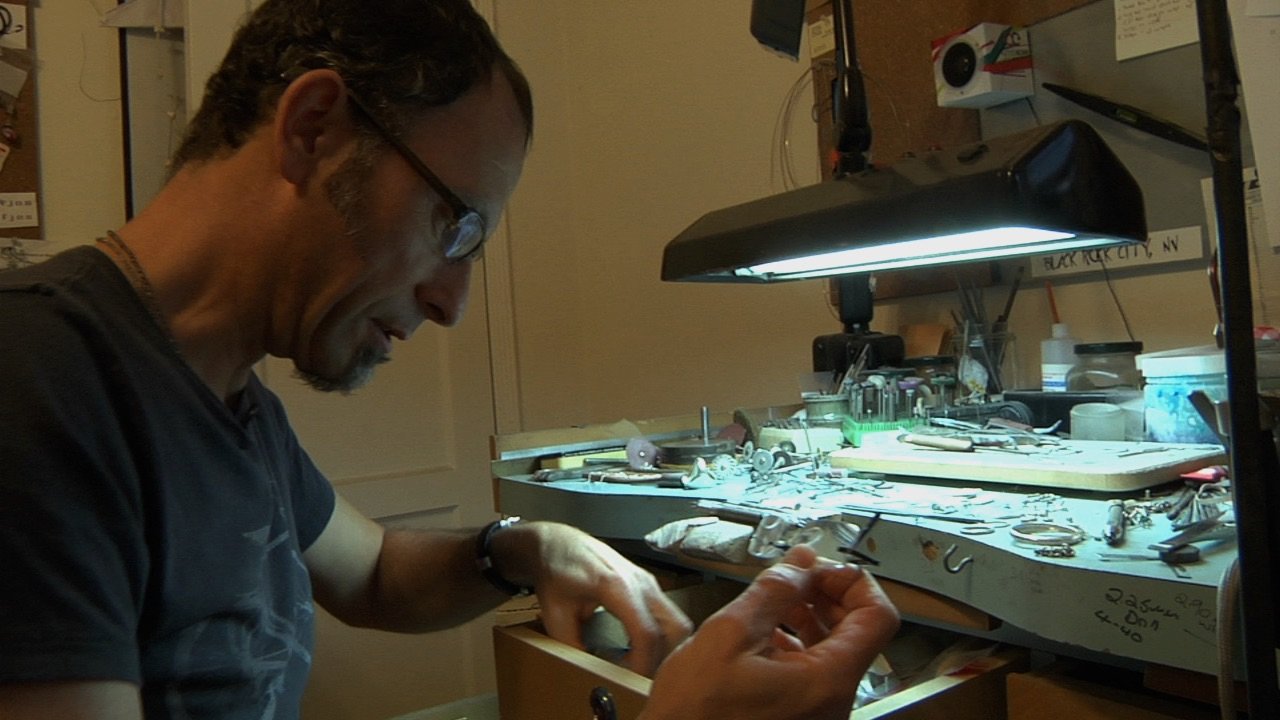
OUR WORK
Essilor of America
What happens when the predictive model gets it wrong?
A cautionary tale about the risk of relying solely on hard data to predict how humans will behave.
Essilor is the world's largest vertically integrated eye health company – they manufacture lenses (from Doctor’s Rx), provide the frames (like RayBan), and own the retail points of distribution (like LensCrafters). Rightfully, Essilor product innovation and revenue creation rely heavily on sophisticated predictive models of consumer behavior.
But what happens when the algorithms get the people wrong? How do you course correct when sales projections are banking on humans to do one thing and they do another?
One of Essilor’s flagship products is a lens called Progressives ("bifocals without the line"). Progressives are a premium-priced advanced technology aimed at a condition called Presbyopia - that moment in middle age when you can no longer read the menu. Nearly everyone over age 46 needs correction for this. Despite bold projections for the Progressives market, sales from this corrective prescription were falling way short. Baby Boomers weren’t buying Progressives, instead they were buying cheap, disposable, “drug store readers”.
Why would a consumer choose an inferior, less attractive option when eye sight and appearance are so important?
‘Why’ is a question numbers can’t answer.
We took a multi-pronged qualitative approach. First, we enlisted academic experts in aging, vanity, procrastination, and even a Hollywood archivist to help us form some social/cultural hypotheses. Then, we spent time observing and interacting with middle-aged/older people who were experiencing the frustration of losing close up vision. In videotaped in-depth interviews we learned that our consumer had deeply rooted resistance to wearing Progressives that stemmed from painful childhood memories of being teased for wearing glasses in the 70s – before glasses were seen as a cool fashion choice.
We discovered that a significant part of the cohort were early adopters of the first contact lenses which let them escape the ridicule of wearing glasses during teenage years when they were finding their sexuality. Here they were, at another critical life stage of sexual identity (menopause, aging) and social pressure (“60 is the new 40”). Our consumers simply were not going to abandon wearing contacts to go back to wearing glasses. They would rather pull out cheap readers when they needed them instead of commit to wearing Progressives full time.
This insight influenced a recalibration down the entire supply chain: projections were adjusted, Progressives were repositioned with eye doctors and techs, and retail sales training was adapted to recognize and overcome these unique emotional barriers to purchase. Only when numbers have qualitative context can we know the whole story of how a market behaves.
“The heart has its reasons, of which reason knows nothing.”
— Blaise Pascal, Philosopher, Inventor, Physicist
Denying the need for reading glasses as an act of subversion.
Reconciling our desire for youth.
Fading eyesight affects confidence.





